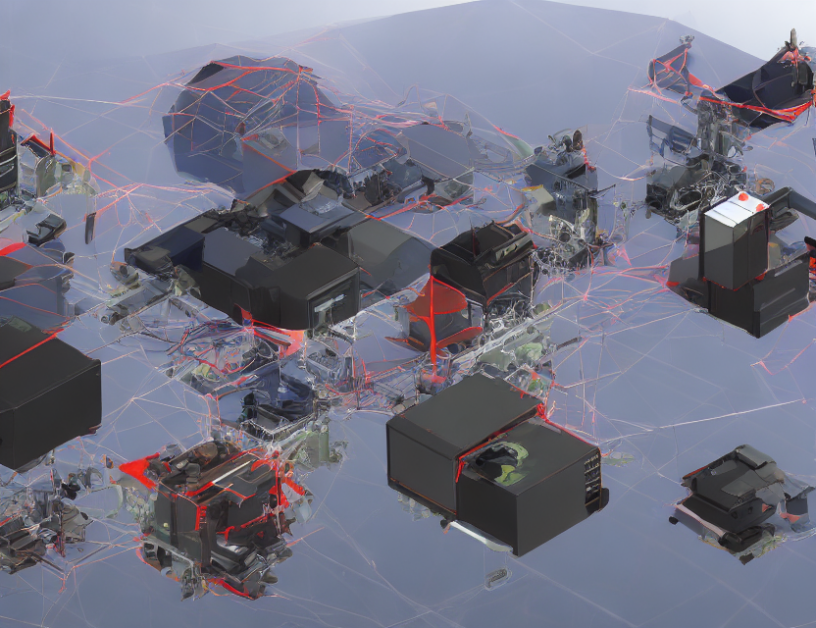In the field of deep learning, researchers have been exploring ways to improve the robustness of neural networks against various types of distortions and shifts in real-world images. These corruptions can range from simple noise to more complex changes such as blur or motion, and they can significantly affect the accuracy of machine learning models trained on these images.
To address this challenge, several data augmentation methods have been proposed in recent years. These methods generate new training datasets by applying various transformations and mixings to the original images. For instance, Mix (Hendrycks et al., 2019) creates parallel data pipelines to generate diverse domains while preserving semantic content. PixMix (Hendrycks et al., 2022) mixes original images with external fractal images to introduce greater structural complexity. Zhou et al. (2021) randomly mix images from multiple sources to create more diverse training datasets.
By using these data augmentation techniques, researchers aim to improve the generalization capabilities of deep learning models and reduce their dependence on specific types of training data. This demystifies the complex concept of data augmentation by highlighting its importance in enhancing the robustness of machine learning models against common corruptions in real-world images.
To illustrate this further, consider a neural network trained to recognize objects in images. If the model is only exposed to pristine images during training, it may struggle to recognize objects when faced with distorted or blurry images in real-world scenarios. By using data augmentation techniques, the model can learn to be more robust against these types of corruptions, leading to improved accuracy and reliability in real-world applications.
In summary, common corruptions are a significant challenge in deep learning, particularly when training models on real-world images. However, by leveraging data augmentation techniques, researchers can generate more diverse training datasets that better reflect the complexities of real-world scenarios, leading to improved model performance and robustness.
Computer Science, Computer Vision and Pattern Recognition
Robustness in Computer Vision: A Survey of Recent Approaches



